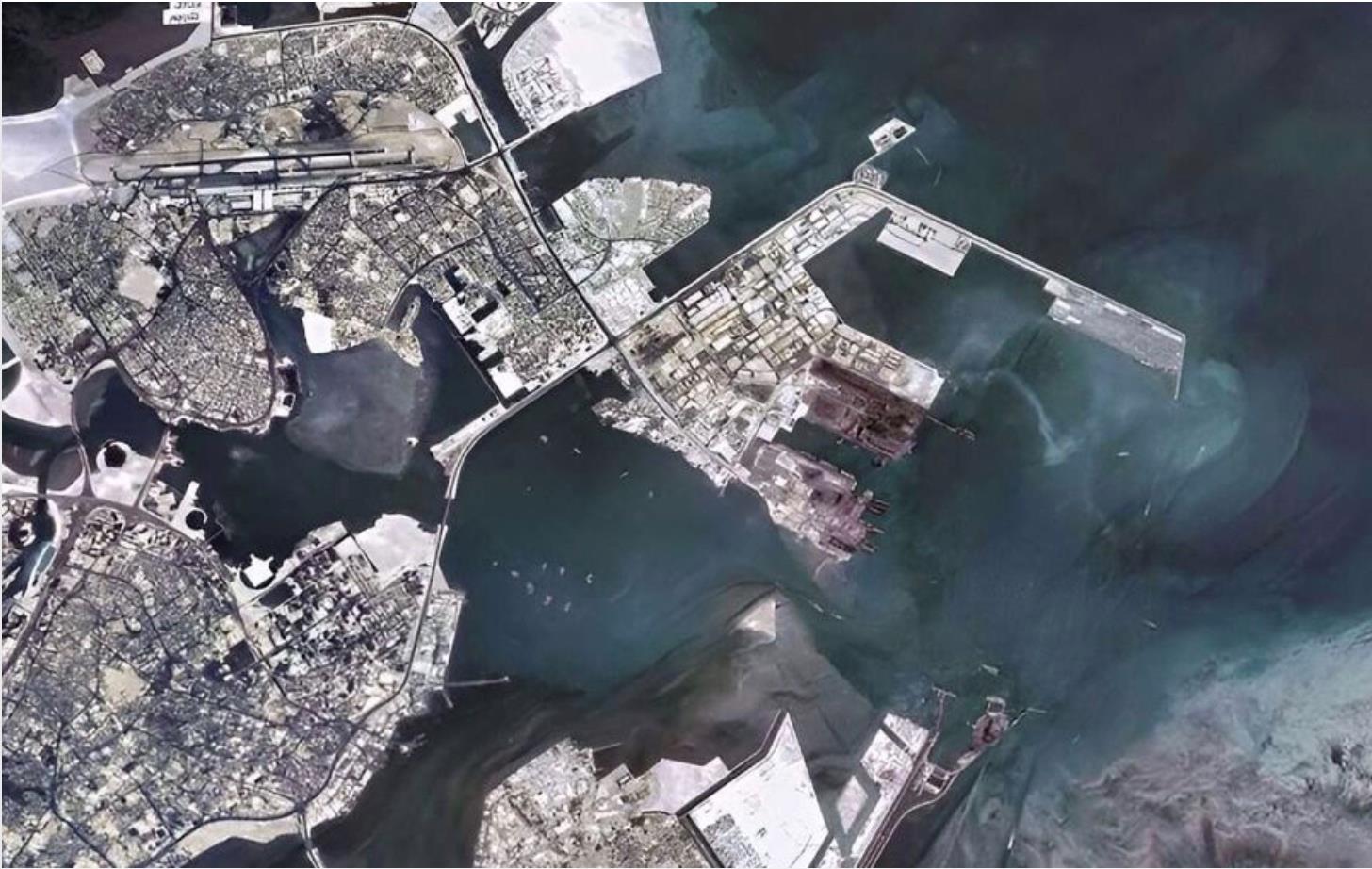(MENAFN- Asia Times)
On August 9, Iran launched its indigenous Khayyam satellite using a Russian Soyuz rocket from the Baikonur Cosmodrome in Kazakhstan. The sanctions-busting move strengthens Iran's self-sufficiency in space-based military capabilities and deepens the strategic partnership between Iran and Russia.
According to the news website Iran Press , Khayyam can be used beyond border surveillance for agriculture, monitoring land use changes such as unauthorized construction, deforestation and environmental hazards and scouting for mineral deposits, among others.
However, Iran may not be the first to use its satellite. A 2022 Washington Post article mentions that Russia intends to use Khayyam for several months to monitor Ukrainian military activity and spot potential targets.
According to a 2021 Washington Post article , Russia and the Iranian Revolutionary Guard Corps (IRGC) have been negotiating since 2018 for Iran's acquisition of a Russian-made Kanopus-V satellite, which has high-resolution cameras that can significantly increase Iran's space-based spying capabilities in the Middle East.
The Washington Post notes that the Kanopus-V's camera only has a 1.2-meter resolution, well below the power of high-end US spy and commercial imaging satellites. However, it is a significant upgrade from Iran's previous reconnaissance satellites, which have been derided as“webcams tumbling in space” by at least one senior US official.
The Iranian government has outright rejected such characterizations. State media outlet PressTV emphasized that Khayyam has been controlled by Iranian experts based in Iran since its launch and that Khayyam is protected by encryption and algorithms designed by Iranian Space Agency (ISA) experts.
To be sure, the successful launch strengthens Iran's self-sufficiency in space technology. In a video message cited by Iran Press, Iranian Minister of Communications and Information Technology Eisa Zarepour said that the Khayyam would accelerate the localization of space technology by transferring knowledge and experience.
In 2009, Iran became the ninth country with indigenous satellite launch capabilities after putting its homemade Omid satellite using a domestically-built Safir rocket into orbit. Following the Omid's launch in 2020, Iran launched its first domestic military satellite, the Noor-1, followed by Noor-2 this March.

An image taken by Iran's Noor 2 satellite published by Iran's official IRNA news agency on May 10, 2022, purportedly shows a view of the headquarters of the United States Fifth Fleet in the Persian Gulf Island of Bahrain. Image: Iran Press TV
Iran's satellite program has its roots in the 1980-1988 Iran-Iraq War. A 2020 report by the Al Jazeera Center for Studies notes that US-supplied satellite intelligence supplied to Iraq was instrumental in the latter's ability to inflict battle reverses and heavy casualties on Iran. These losses impressed the importance of space-based reconnaissance capabilities on Iranian military planners.
In the following years, the IRGC played a considerable part in the development of Iran's satellite technology, with the organization playing a significant oversight role.
The study notes that Iran's satellites are an essential asset in the country's Two Wing Doctrine, first expounded by Iranian Supreme Leader Ali Khamenei. The doctrine involves enhancing Iran's regional power and improving its bargaining power.
In terms of increasing Iran's regional power, the study notes Iran's military satellites could monitor US and Israeli forces across the globe. It also enables Iran in supplying its regional proxies such as Hezbollah with satellite intelligence and possibly target data for its rockets and ballistic missiles.
The study also mentions that Iran's satellite program can be used as cover for its missile program, as the two fields share critical technologies such as solid-fuel rocket propellants. Solid-fuel rockets are easier to store and maintain and could be launched on short notice compared to complex liquid-fueled rockets that require difficult-to-handle fuels and must be fueled shortly before launch.
This doctrine increases Iran's deterrent power since its satellite program gives it a strategic capability to monitor its adversaries globally, improving its bargaining power vis-a-vis its regional and international adversaries.
As Iran and Russia are practically in the same boat as heavily sanctioned outcasts in the Western-dominated international order, they have good reasons to find common cause.
An article in the Al-Monitor news website notes that Russia is seeking to pivot its embattled space program to find new clients in the Middle East, Africa and Asia due to the loss of Western space launch contracts. As shown by the launch of Khayyam, Russia may have found a new space industry customer in Iran.
In July, Iran and Russia signed multiple agreements to develop relations in digital services, software, hardware and telecommunications. In that direction, they established the Iran-Russia Joint Technology Center in Saint Petersburg in May.

Russian President Vladimir Putin and Iranian leader Ebrahim Raisi are drawing closer together. Image: Twitter
Significantly, Iran and Russia have previously cooperated on drone development. Asia Times has previously reported on Russia's plans to acquire 300 drones from Iran, driven by the need to replace battlefield losses in Ukraine and cover deficiencies in its drone capabilities.
These plans may have already come to fruition. An August 5 report from the Institute for the Study of War states that Iran has delivered 46 drones to Russia, which Moscow is already using in Ukraine.
Iran could receive Russia's Su-35 air superiority fighters in exchange for its drones, notes defense analyst Paul Iddon in a Forbes article . If so, it would mark Iran's first significant combat aircraft acquisition and serve to replace the aging US F-14 Tomcats Tehran acquired in 1976 during Mohammad Reza Shah's reign before the 1979 Islamic Revolution.
MENAFN10082022000159011032ID1104674907
Legal Disclaimer:
MENAFN provides the information “as is” without warranty of any kind. We do not accept any responsibility or liability for the accuracy, content, images, videos, licenses, completeness, legality, or reliability of the information contained in this article. If you have any complaints or copyright issues related to this article, kindly contact the provider above.